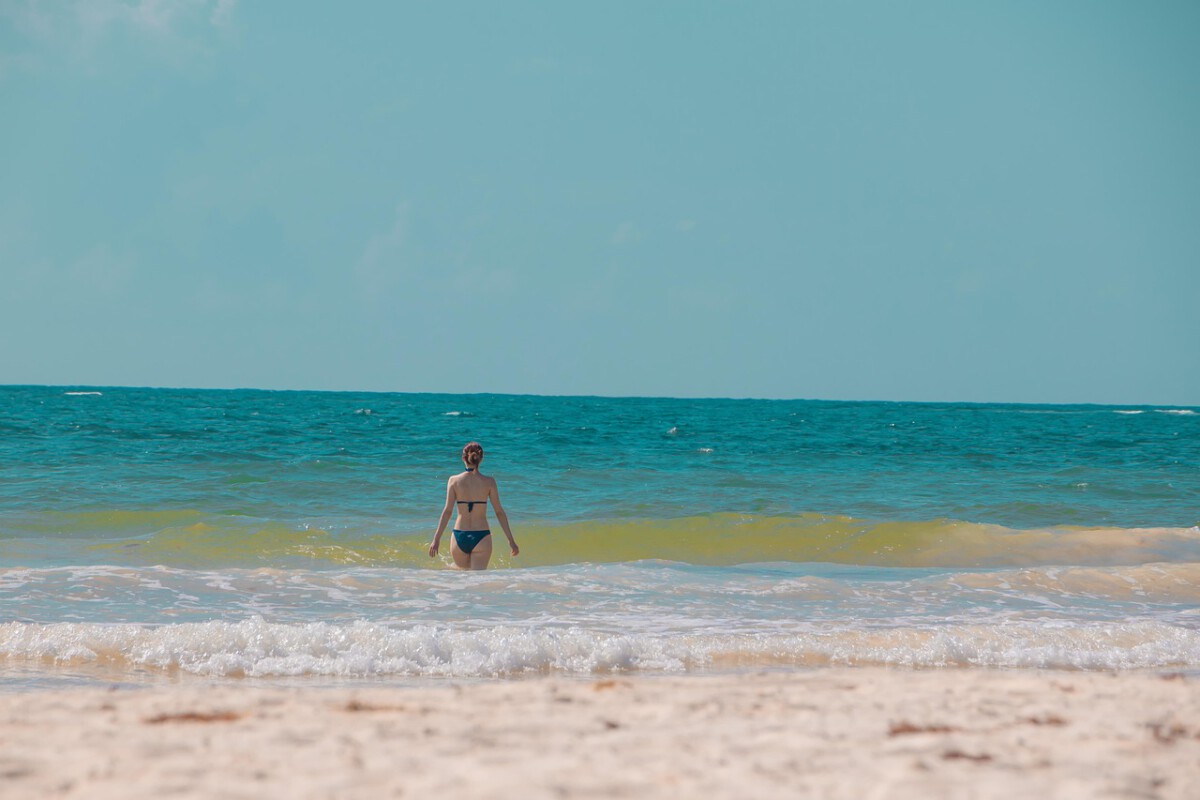The Breaking Point That Changed Everything
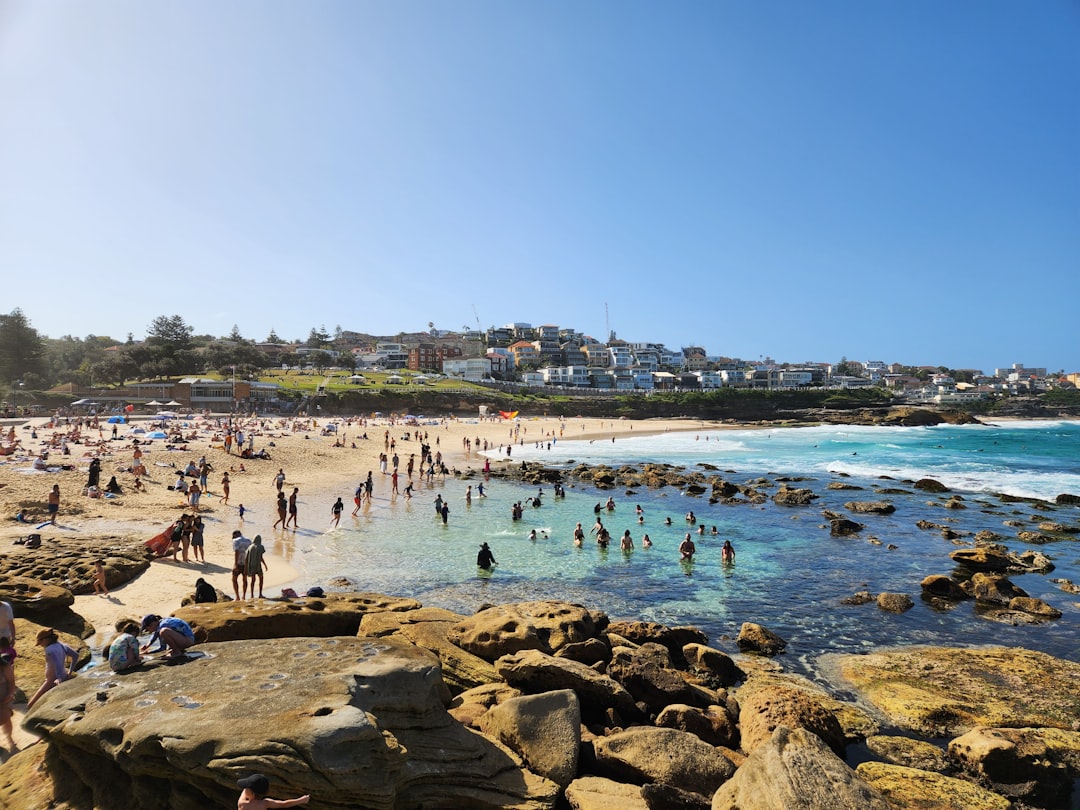
You know that sinking feeling when your favorite secret spot becomes overrun with crowds? That’s exactly what hit me when I stepped off the plane at the shiny new Felipe Carrillo Puerto International Airport in December 2024. The once-remote jungle has only recently become more accessible with the opening of a new train line and international airport, which recorded its millionth passenger in November. The Tulum I’d fallen in love with five years ago—a bohemian paradise where you could hear waves and bird songs over human chatter—was officially gone. The throbbing bass from beach clubs now drowns out conversations even in the pueblo, twenty minutes inland from the beach. The garden patio was mostly empty, but the throbbing bass from the restaurant’s speakers was disrupting our conversation. The music would have made more sense at the beach or in the hotel zone than here in the “pueblo” side of Tulum, 20 minutes inland, where you’ll find auto body shops and cafes that cater to locals and tourists alike. It was time for me to find somewhere new—somewhere that still felt alive instead of manufactured.
The Reality Behind the Instagram Posts
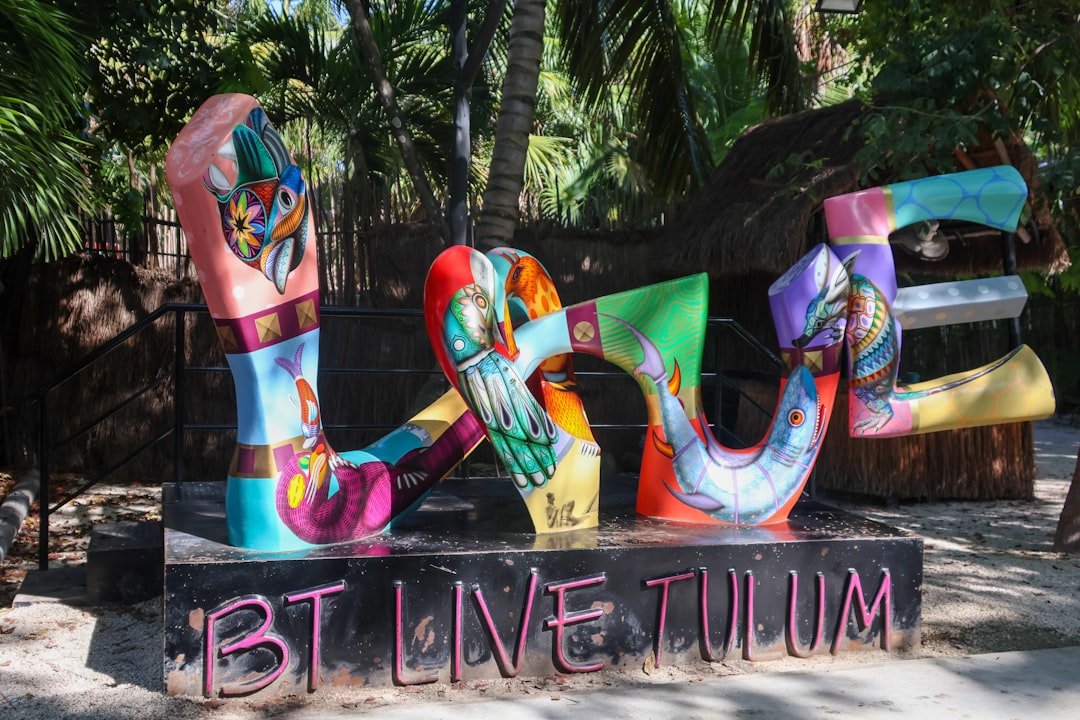
The rise of Instagram and Airbnb have influenced Tulum’s rapid transformation from backpackers’ paradise to hotel-dense tourism hub. Walking along what used to be pristine beaches, you’ll now find a steady stream of development that’s crushing the soul of this once-magical place. Walk in either direction and you’ll find a steady stream of beach clubs and hotels ranging from thatched-roof cabanas to all-inclusive chains. Fragments of trash stick out from piles of seaweed. The poverty statistics tell an even more heartbreaking story—the poverty rate in Tulum increased from 32% in 2015 to 62% in 2020, the highest increase in all of Mexico. In Tulum, locals are facing eviction as developers kick them out to make room for more high-end hotels and rental properties. This isn’t just about tourism; it’s about a place losing its identity completely.
The Accidental Discovery of Holbox
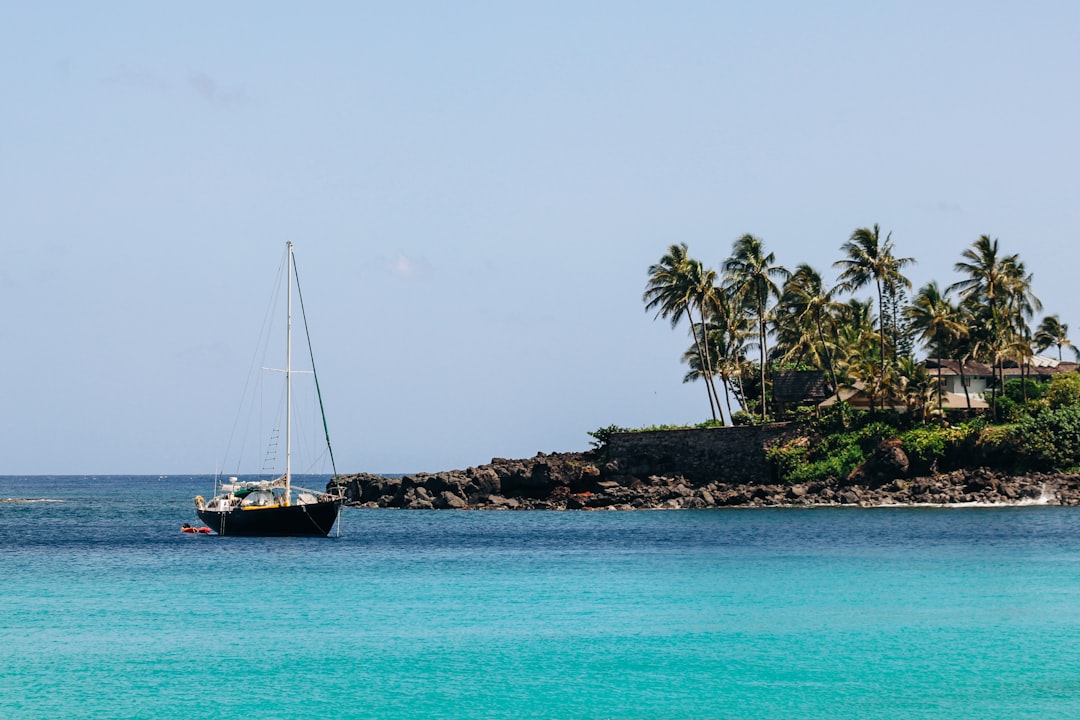
Sometimes the best discoveries happen when you’re running away from disappointment rather than chasing a destination. We left Tulum for Holbox on the recommendation of a friend. Instantly, we loved it. The journey to Isla Holbox feels like traveling back in time—you take a bus to Chiquilá, then a ferry to an island where golf carts replace cars and sandy streets invite barefoot wandering. You can take a bus from Tulum or Cancún to Chiquilá. From there, you take a ferry to the island. There are no cars on Holbox, just golf carts for taxis. It’s small and you can get around by bike or on foot. Unlike Tulum’s manufactured tranquility, Holbox’s calm feels authentic and earned. Holbox is much, much more chill than Tulum.
A Different Kind of Paradise
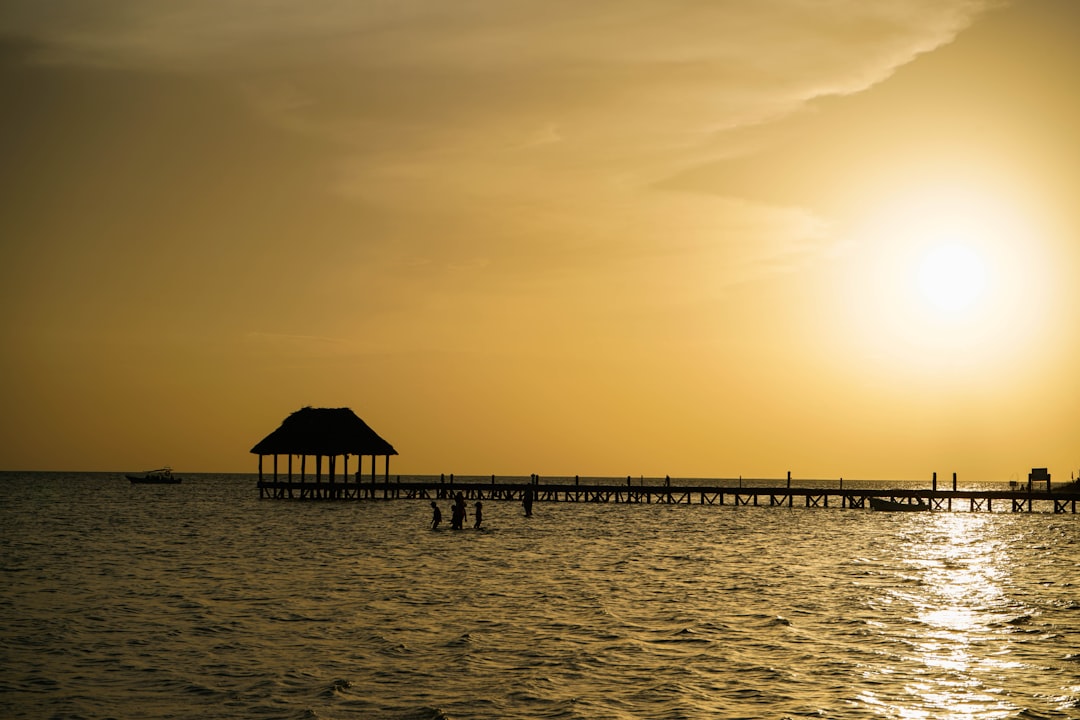
Holbox, properly pronounced “hol-bosh” is a rustic, tropical island located a few hours north of Cancun. Free of cars and reachable only by ferry, Holbox has sand streets navigated by golf carts and bicycles, giving it a uniquely slow, rustic rhythm. The island offers something Tulum has lost—genuine wonder without the performance. Days here end with spectacular sunsets painting the sky, and nights sometimes glow as phosphorescent plankton light up the waves – a magical bioluminescent show. During summer, gentle whale sharks visit the nearby waters, offering adventurous travelers a once in a lifetime snorkeling encounter. With shallow lagoons attracting flamingos and untouched beaches perfect for lazing in a hammock, Holbox is paradise for birdwatchers, beachcombers, and anyone seeking pure tranquility. Here, nature still calls the shots, not influencers.
The Magic of Going Slow
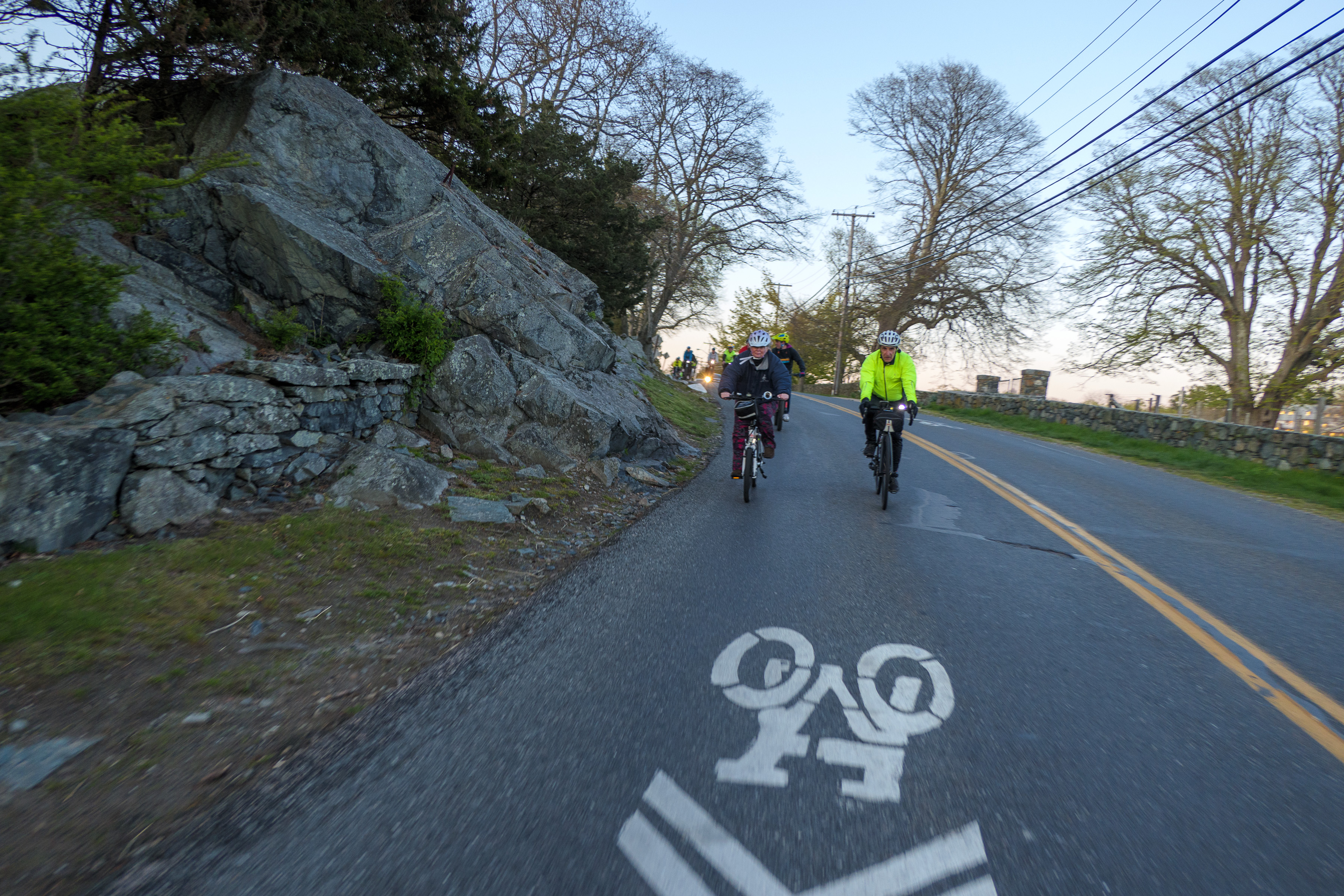
What struck me most about Holbox wasn’t just what it has, but what it doesn’t have. The streets are still mostly dirt, and the shopkeepers around the square do not yell or haggle with you. The whole vibe is more casual and relaxed, but at night (especially during holidays) the streets come alive with Cuban and Mexican music and people salsa dancing. There’s something revolutionary about renting a bike and pedaling through sandy streets where the biggest traffic jam involves a family of iguanas crossing your path. To me one of the best things to do in Holbox was renting a bicycle. As a Dutchman I love riding bikes especially on an island like this. The wind in your face, the flexibility and simply to get around easily. Riding a bike in Holbox is easy and for 250 Pesos ($15 USD) you have one for 24 hours. This is travel at human speed, not Instagram speed.
Where Wildlife Still Roams Free
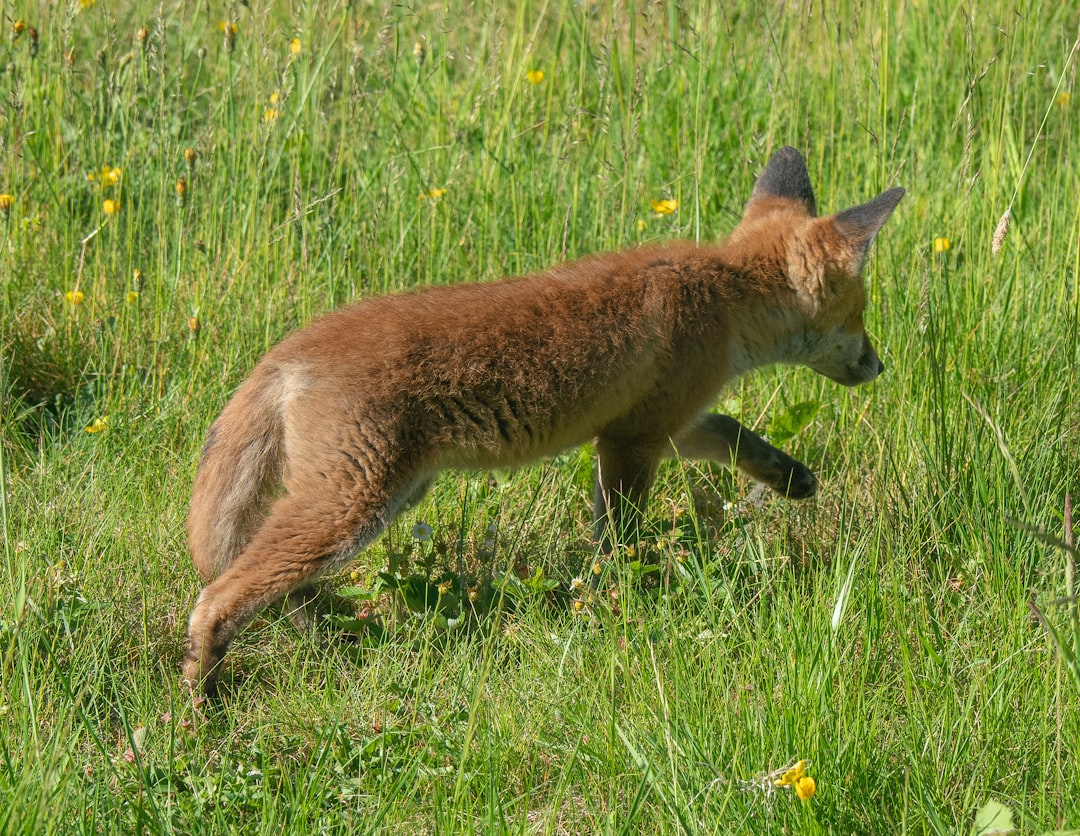
Holbox is truly a nature lover’s paradise. This protected area offers abundant wildlife as much of the island is wild and undeveloped. The island sits within the Yum Balam Nature Reserve, creating a sanctuary where animals live their lives undisturbed by constant human activity. It is also a popular place for wildlife enthusiasts to visit thanks to being a part of the Yum Balam Nature Reserve. Here you will find a large presence of wildlife including flamingos, dolphins, and crocodiles. One of the best ways to experience Holbox is by taking in the scenery up close by kayaking in the mangroves. Kayaking the mangroves on Holbox also allows you to spot some of the island’s abundant indigenous and migratory bird species, including herons, ospreys, and even flamingos! In Tulum, you pay premium prices to see caged animals in overpriced “eco-parks.” Here, you might spot a family of flamingos just by looking up from your morning coffee.
The Food Scene That Actually Feeds Your Soul

While Tulum’s restaurant scene has become a playground for celebrity chefs charging Manhattan prices for mediocre food, Holbox maintains that perfect balance between authentic local cuisine and creative gastronomy. It’s mostly a walk around barefoot, casual beach bar, tacos and fresh fish (which was weirdly hard to find in Tulum?) You can still find incredible ceviche served by fishermen who caught your lunch that morning, or settle into a beachfront palapa where the biggest decision is whether to order your fish grilled or fried. The island’s isolation means ingredients arrive by boat, creating a natural farm-to-table (or boat-to-table) philosophy that doesn’t require pretentious marketing. Even the upscale restaurants here feel grounded in place rather than designed for social media.
Bacalar The Blue Lagoon Alternative
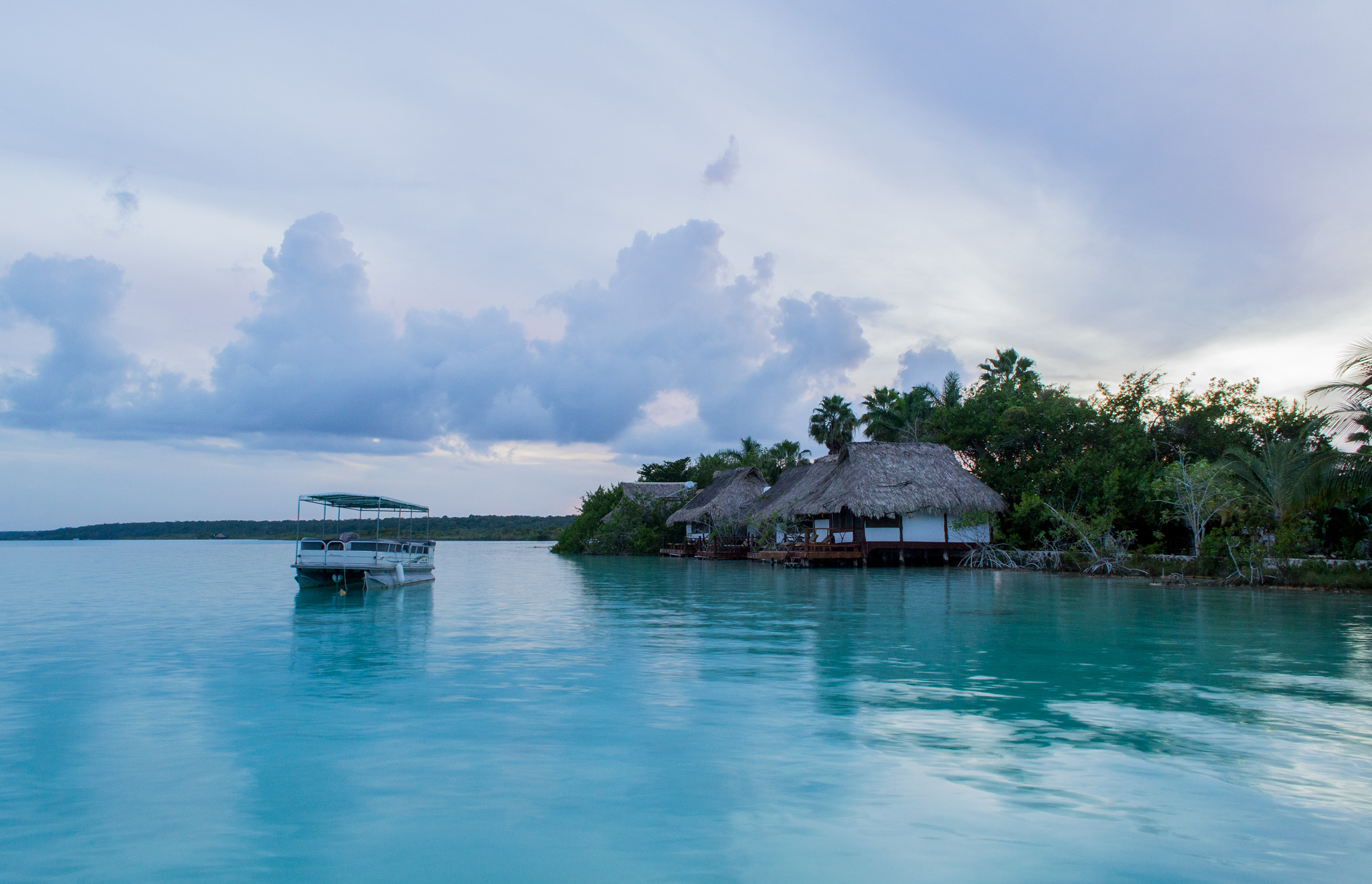
But Holbox isn’t the only escape from Tulum’s chaos. Bacalar offers a serene lagoon experience with freshwater activities and Mayan ruins nearby. Bacalar is ideal for those seeking relaxation, water activities like kayaking and paddleboarding, and exploring cenotes and Mayan ruins. Bacalar Lagoon is known as the Lake of Seven Colors and for good reason with the stunning freshwater that is begging to be swum in. This lakeside town offers something completely different—Bacalar has an authentic feel with significantly fewer tourists than Holbox. This is a great place to visit for those looking to escape the crowds and have a relaxing lakeside vacation. Imagine floating in water so clear it feels like flying, surrounded by seven different shades of blue that shift with the light. I stayed in an eco resort in Bacalar in 2006. It was a long time ago but it was gorgeous then. But the town was quiet and the fresh water lagoon was gorgeous. I swam in it daily.
Sian Kaan The Secret UNESCO Treasure
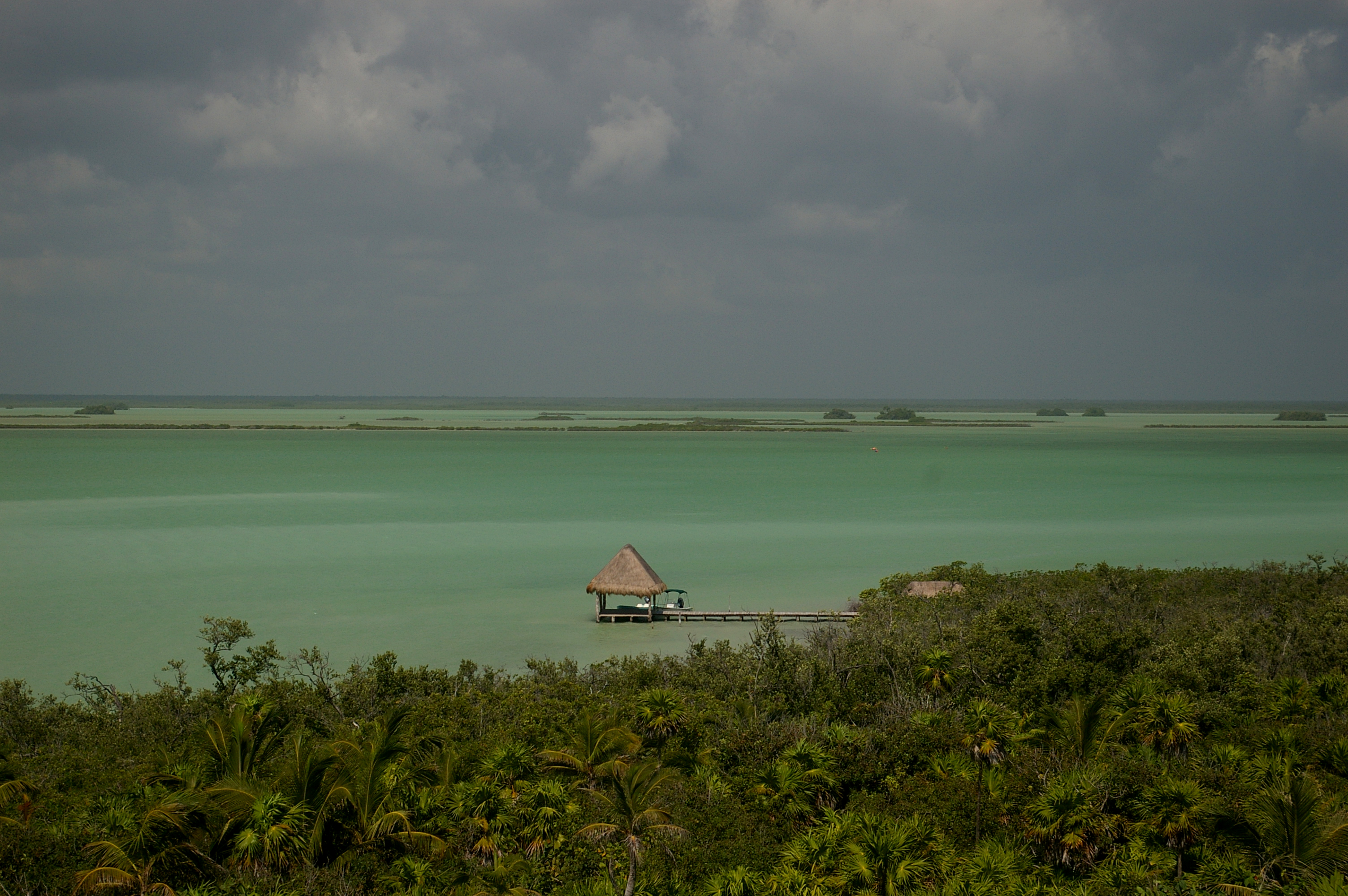
Hidden just 45 minutes from Tulum’s madness lies one of Mexico’s best-kept secrets that puts every overpriced “eco-park” to shame. A sublime area of unspoiled natural beauty just south of Tulum, the Sian Ka’an Biosphere Reserve is recognized as an UNESCO World Heritage Site covering 1.3 million acres of land and sea. This is the largest protected area in all of Mexico and is home to a diverse population of species—including some rare and endangered species like the black-handed spider monkey and the West Indian manatee. In the language of the Mayan peoples who once inhabited this region, Sian Ka’an means ‘Origin of the Sky’. In the language of the Mayan peoples who once inhabited this region, Sian Ka’an means ‘Origin of the Sky’. Here you can float down ancient Maya canals in crystal-clear water, snorkel with wild sea turtles, and explore cenotes that have remained untouched for thousands of years. Located just south of Tulum, Sian Ka’an is a Biosphere Reserve and UNESCO World Heritage site where you can observe wild dolphins, sea turtles, alligators, starfish, and birds all in their natural habitat. Sian Ka’an is the largest protected area in the Mexican Caribbean and aside from the wildlife, you’ll also get to see thousands of species of flora and fauna. Visiting Sian Ka’an is perfect for the nature lover and really allows you to experience the untouched natural beauty of the region.
The Islands That Time Forgot
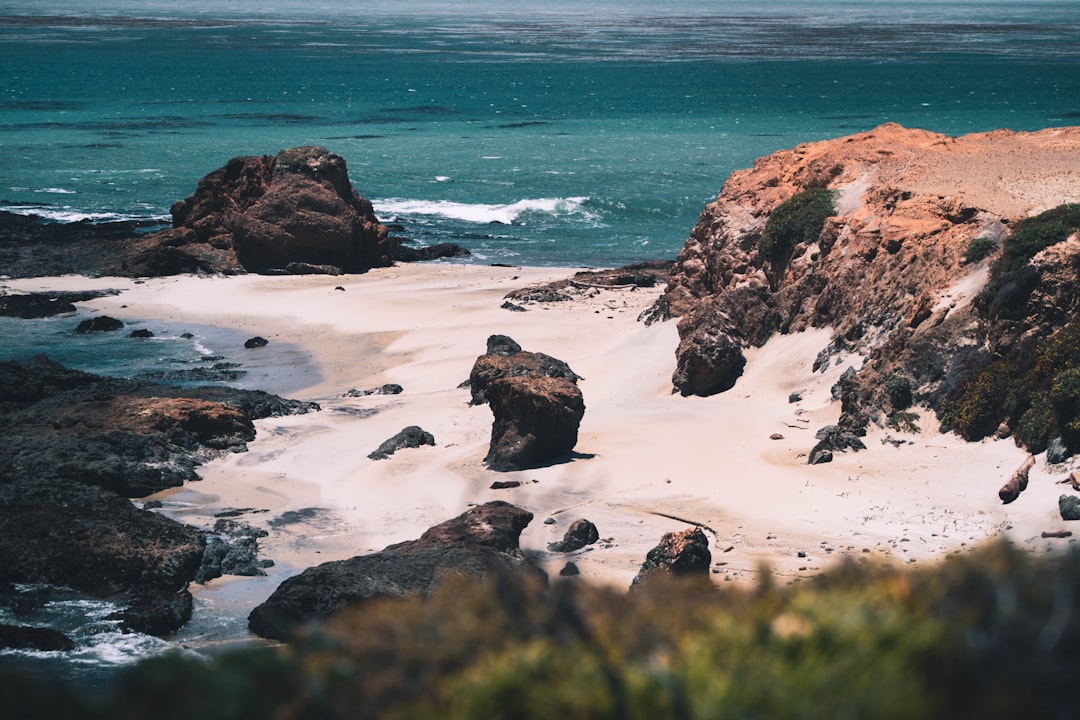
For those craving even more solitude, Isla Mujeres offers a middle ground between Holbox’s remoteness and easy accessibility. Thanks to its proximity to the tourist-favorite locale of Cancun, Isla Mujeres has become a popular day-trip destination. Three ferries run between Cancun and Isla Mujeres, and two are passenger ferries. However, Isla Mujeres, just a short hop from the Cancun coast, used to have that charm, but on my visit this year I discovered the island was busier than ever, with ferry loads of tourists arriving, and chilled spots replaced by hotels and restaurants. While it was still a lovely place to visit, it had lost the ‘untouched’ appeal. Still, it retains more authenticity than mainland Tulum, especially if you venture beyond the main tourist strips. The key is knowing when and where to go—early mornings and the southern end of the island still offer glimpses of what drew people here in the first place.
Why Cheaper Often Means Better
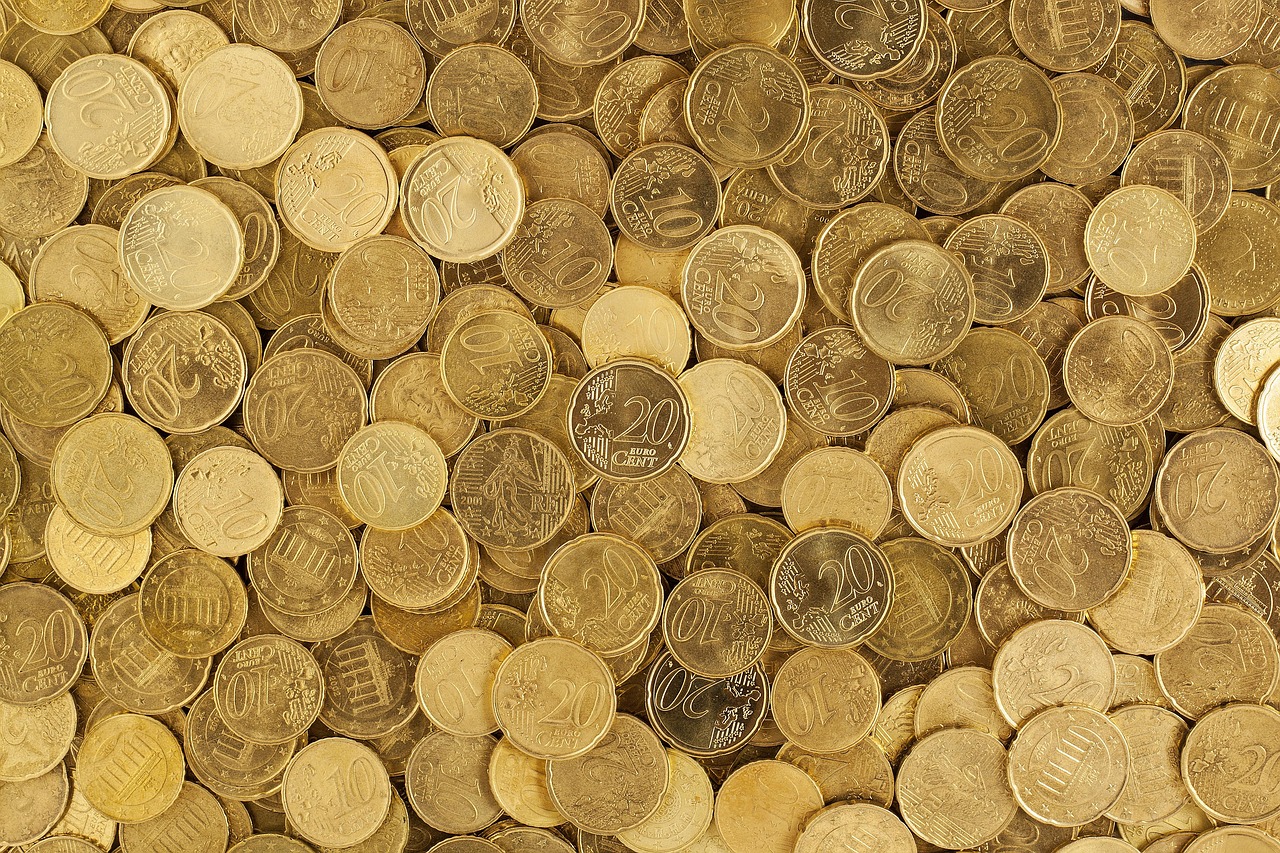
One unexpected benefit of abandoning Tulum’s overpriced scene? Your wallet will thank you. If you are looking for the best budget conscious destination, you will have more luck in Bacalar. In Bacalar, both food and accommodations are available at cheaper prices. While Holbox is cheaper than other islands in the area such as Cozumel and Isla Mujeres, it is slightly more expensive than Bacalar. In Holbox, I wouldn’t say it’s pricey, especially compared to Cancun and Isla Mujeres. However, as it’s an island it has that captured market effect, where businesses can set their prices with little competition. What you’re really paying for is authenticity—something that’s become priceless in a world of manufactured experiences. A simple fish taco in Holbox served by a local fisherman tastes infinitely better than an overpriced “artisanal” version served at a Tulum beach club designed for Instagram.
The Courage to Move On
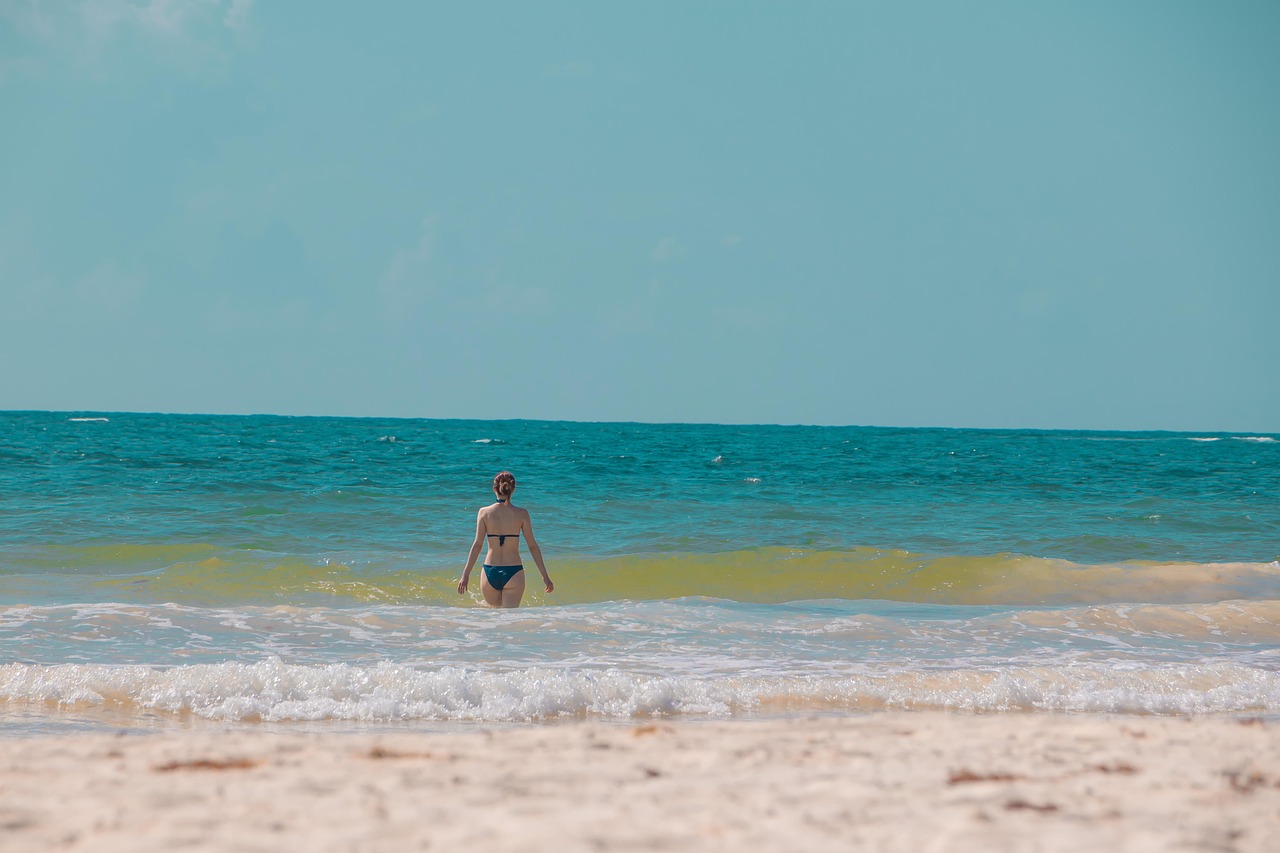
Breaking up with Tulum felt like saying goodbye to an old friend who’d changed beyond recognition. In 2025, Spanish travelers are expected to gravitate away from overcrowded, mainstream tourist destinations in favor of more unique, less-explored locations. Tulum stands out as a perfect example of this trend. While it has gained international fame, Tulum has retained much of its laid-back, bohemian charm. The town offers an escape from the high-density tourism in more significant destinations, providing a serene yet vibrant atmosphere that appeals to modern travelers seeking authenticity and tranquility. But the truth is, that charm exists now more in marketing copy than reality. In 2025, Tulum is on track to make history as a record-breaking travel destination within the Mexican Caribbean. Known for its memorable beaches, rich Mayan heritage, and focus on wellness, Tulum has evolved from a hidden paradise to one of the most desirable places to visit. Sometimes the kindest thing you can do for a place is to love it enough to leave it alone. And sometimes the smartest thing you can do for yourself is to seek out the places that haven’t been discovered yet—or rediscovered what made them special in the first place.
Your Next Great Adventure Awaits
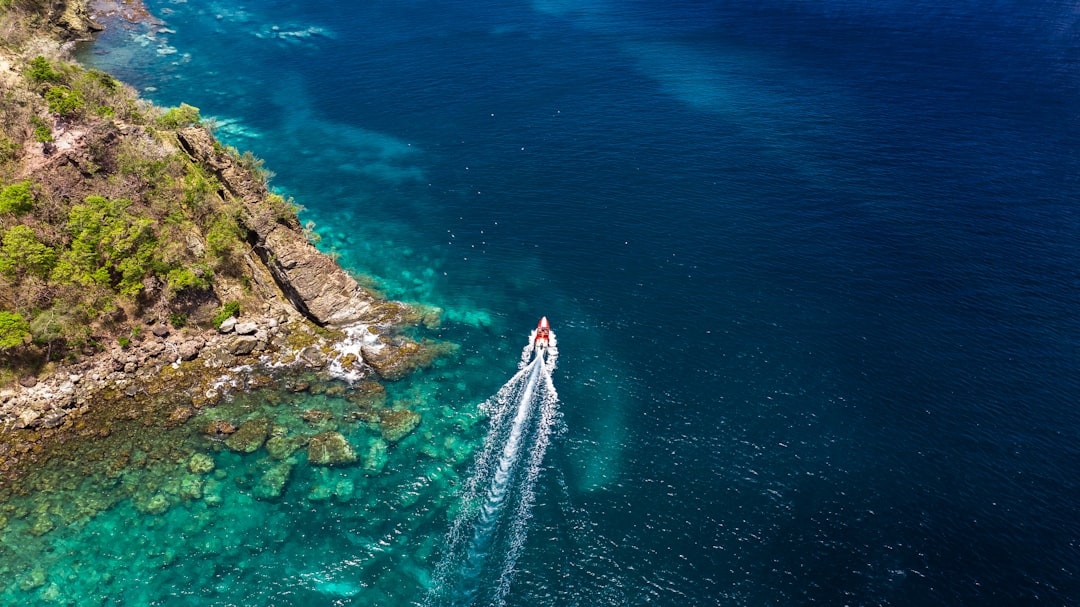
The Mexico I fell in love with still exists, just not where everyone’s looking for it. Whether you choose the bioluminescent magic of Holbox, the seven-colored serenity of Bacalar, or the wild beauty of Sian Ka’an, you’ll find what Tulum used to offer: genuine connection with nature, real cultural exchange, and that indescribable feeling of discovering something special. Out of the two, our overall favorite was Holbox – but, that’s not to say that Tulum isn’t worth visiting as well or as an alternative in certain circumstances. The best part? You’ll have room to breathe, space to think, and beaches where you can actually hear the waves. The only sound I could hear were those of waves crashing on the shores and birds chirping merrily. Isla Holbox’s raw and untouched beauty makes it the perfect place to unwind and soak up the island vibes. Isn’t that what travel was supposed to be about in the first place? Where will your post-Tulum adventure take you?

